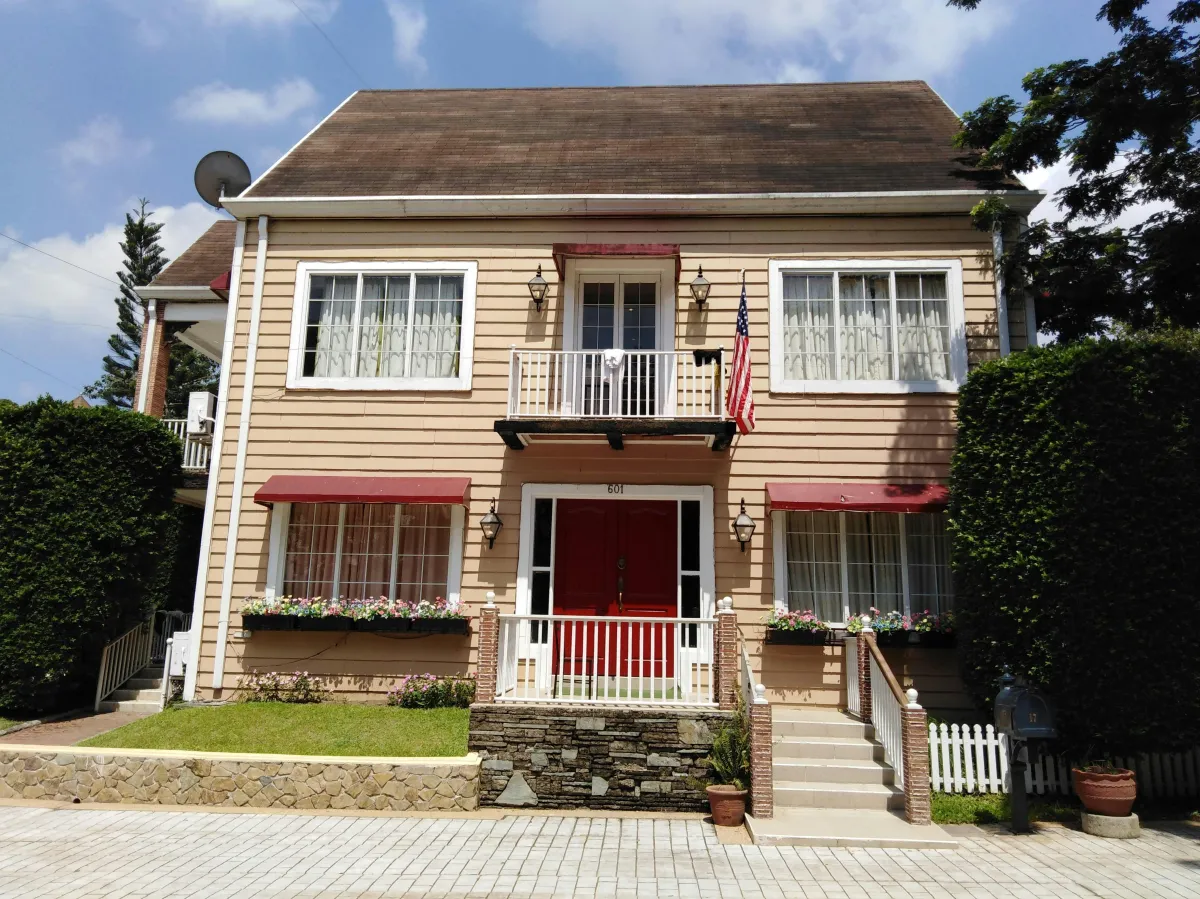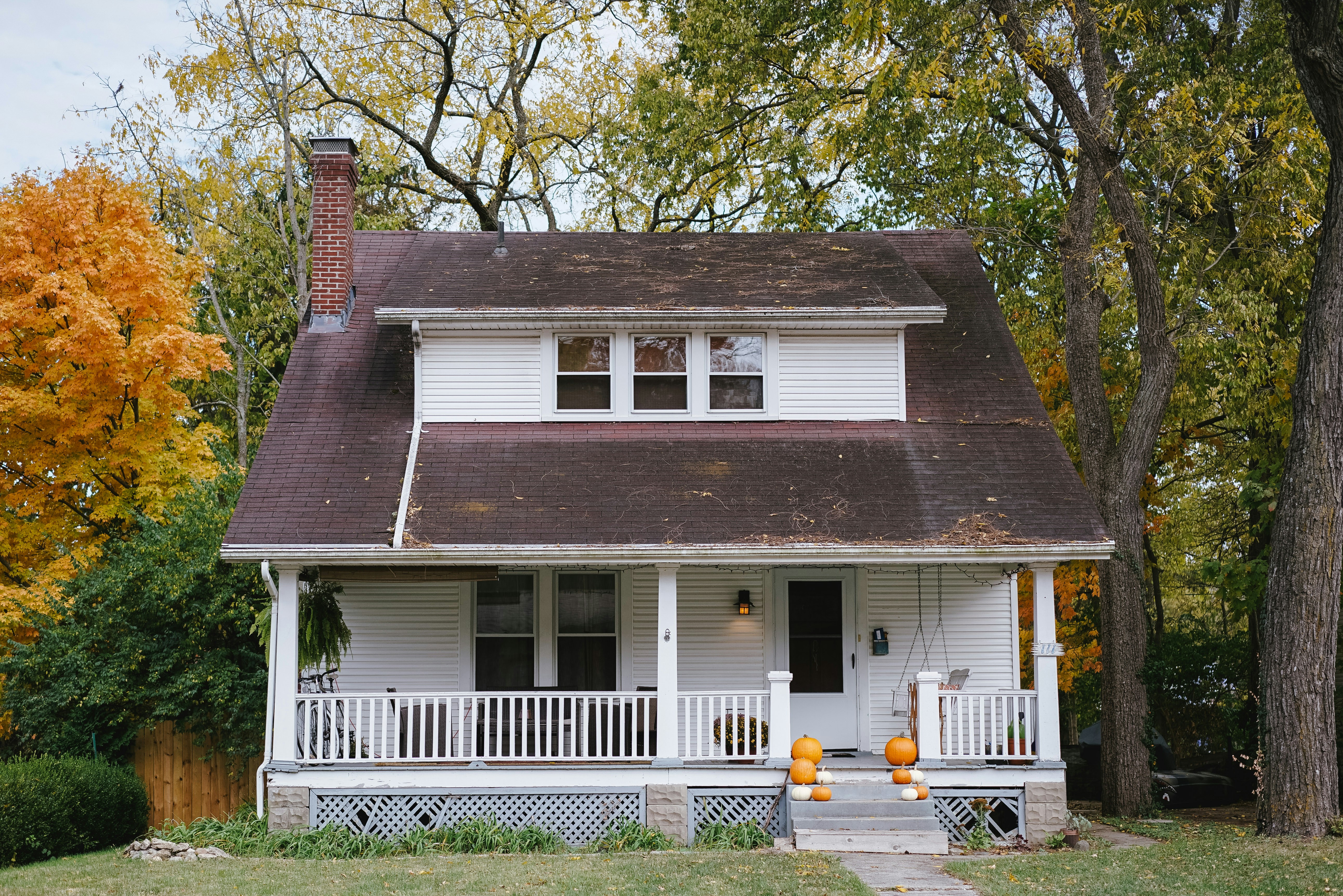
Comparing Popular Regional Home Styles Across the U.S
When considering a new home, many people wonder about the various architectural styles available. Different regions in the U.S. showcase unique designs that reflect local culture, climate, and building materials. This blog post will explore popular home styles across the country, including New England’s charming homes, the classic beauty of Southern architecture, and Midwest designs. By understanding these styles, readers can make informed decisions about their custom home builds, ensuring their dream home captures the essence of their chosen region.
Key Takeaways
Regional architecture reflects local culture, climate, and available materials shaping home designs.
New England homes feature Colonial styles with symmetry and classic proportions for historical appeal.
Southern Colonial architecture offers spacious layouts and grand columns suited for warm climates.
Prairie-style homes in the Midwest emphasize open spaces and harmony with the landscape.
Urban areas blend various architectural styles, enhancing community aesthetics and reflecting diverse histories.
Identifying Regional Architectural Styles in the U.S

Regional architecture displays unique characteristics shaped by local culture, climate, and materials. This section outlines how influences like woodworking techniques, stucco finishes, and chimney designs contribute to different styles. Additionally, the impact of the National Park Service Rustic aesthetic and variations in roofing will be explored, highlighting the factors that define regional home designs across the U.S.
Defining What Constitutes Regional Architecture
Regional architecture refers to the distinct styles that emerge from specific areas across the United States, reflecting local culture, climate, and available materials. In places like Utah, an architect might blend traditional elements, such as shingle-style homes, with modern touches to resonate with community preferences. The influence of styles like brutalist architecture can also be seen in urban suburbs, showcasing how local identity shapes home designs.
Overview of Architectural Influences Across the U.S
Architectural influences across the U.S. vary greatly due to regional climates and cultural histories. For example, Victorian architecture can be prominently seen in the East Coast, featuring detailed embellishments that reflect the artistic trends of its time. In contrast, some homes utilize mud in construction methods, particularly in southwestern regions, showcasing how local materials shape building techniques, while echoes of Byzantine Empire styles can influence design choices in diverse settings throughout the country.
Factors Influencing Regional Styles
Factors influencing regional styles are deeply rooted in local culture, climate, and available materials. For instance, the gable roofs common in New England homes help to shed snow, making them practical for the region's cold winters. In contrast, ranch-style houses are popular in areas like the Southwest, where patios become essential for outdoor living due to the warm climate, reflecting lifestyle preferences.
Local culture shapes design choices.
Climate impacts architectural features like roofs and outdoor spaces.
Available materials influence building methods and styles.
Regional needs drive preferences for types of homes, like ranches and village designs.
New England Home Styles

New England home styles feature unique characteristics that reflect the region's history and environment. Colonial architecture showcases traditional designs, while Cape Cod houses highlight simplicity and functionality. Shingle-style homes emphasize natural materials, and Federal and Greek Revival designs contribute to elegance. This mixture of influences offers insights into both modern architecture and classic aesthetics, essential for any real estate agent working in this vibrant market.
Characteristics of Colonial Architecture
Colonial architecture is known for its symmetry and classic proportions, reflecting influences from the Roman Empire and Italian architecture. The style often incorporates elements like gabled roofs, brick facades, and large, multi-paned windows. Additionally, revival trends have brought back some features of this style, blending them with prairie-style concepts to create modern interpretations in construction projects.
Influences from the Roman Empire and Italian architecture are evident.
Symmetry and classic proportions are key characteristics.
Elements like gabled roofs and multi-paned windows enhance the style.
Revival trends mix traditional features with prairie-style elements.
The Influence of Cape Cod Houses
Cape Cod houses are a defining mark of New England architecture, known for their simple, symmetrical design and pitched roofs. This style often features inviting porches that create a welcoming space for relaxation. In addition, many modern interpretations of Cape Cod homes emphasize sustainability by using eco-friendly materials such as recycled roofing tiles, making them popular even beyond the New England region, reaching areas like the western United States.
Exploring Shingle-Style Homes
Shingle-style homes represent a unique blend of modernism and historical influence, marking a significant departure from earlier colonial revival architecture. Characterized by wooden shingles that cover the exterior, these homes often feature decorative shutters, large porches, and asymmetrical shapes that were popular during the Victorian era. This vernacular architecture reflects a balance of comfort and elegance, making it a favored choice in New England and beyond as more homeowners embrace its timeless design.
Recognizing Federal and Greek Revival Designs
Federal and Greek Revival designs are key elements of New England home styles, showcasing unique architectural characteristics. Federal architecture features features such as symmetrical windows and a central fireplace, which create a harmonious balance in the design. On the other hand, Greek Revival draws inspiration from ancient Greece, often showcasing grand columns and detailed moldings, providing an elegant touch to these homes that can invoke a sense of Art Deco influence as well.
Southern Architectural Styles

The Southern architectural styles highlight the rich diversity seen across the region. Understanding Antebellum homes reveals their historical significance and elegant molding. The charm of Southern Colonial architecture emphasizes spacious layouts ideal for the warm climate. Exploring Bungalow and Craftsman styles showcases the appeal of cottage-like simplicity, often seen in Frank Lloyd Wright's designs that embody practicality along with beauty.
Understanding Antebellum Homes
Antebellum homes are a standout feature of the Southern United States, known for their elegant designs and historical significance. These structures often showcase distinctive elements such as large overhangs and eaves that provide shade and enhance comfort in warm climates. Influenced by French architecture, these homes frequently include grand columns and spacious porches, echoing the charm of bungalow styles while reflecting the region's rich cultural heritage.
The Charm of Southern Colonial Architecture
Southern Colonial architecture stands out for its elegant geometry and impressive ornamentation, capturing the essence of comfort and beauty unique to the region. These homes often showcase brick exteriors and spacious layouts, reflecting the style's historical roots and adaptability over time. Colonial Revival influences can be seen in modern adaptations, where classic elements meet contemporary needs, making them appealing not only in southern states but also in places like New York City, where such designs bring a touch of charm and character to urban environments.
Exploring Bungalow and Craftsman Styles
Bungalow and Craftsman styles are cherished for their warm, inviting design, showcasing the use of wood that highlights the natural landscape of the South. These architectural styles emphasize craftsmanship and feature low-pitched roofs, broad eaves, and exposed rafters, connecting them to principles rooted in classical antiquity. The open floor plans and built-in furnishings make these homes practical while also maintaining aesthetic appeal suited to Southern living.
Bungalow style is known for its welcoming porches and careful craftsmanship.
Craftsman homes utilize wood to enhance natural beauty and create a timeless feel.
Both styles reflect a connection to the landscape and a focus on functional design.
Frequently Asked Questions About Regional Styles

This section addresses common inquiries regarding regional home styles across the U.S. It outlines key characteristics that define each architectural style, explores how climate and geography shape building choices, and clarifies common misconceptions surrounding regional architecture. These insights aim to enhance understanding of the diverse architectural landscape in America.
What Are the Key Characteristics of Each Regional Style?
Each regional style in the U.S. showcases distinct characteristics that reflect local culture, climate, and materials. For instance, New England Colonial homes often exhibit symmetry with gabled roofs and classic proportions, while Southern Colonial architecture highlights grand columns and spacious porches for outdoor enjoyment. In the Midwest, Prairie-style homes blend with the landscape, featuring wide façades and open floor plans that accommodate modern living while respecting historical craftsmanship.
How Do Climate and Geography Influence Architectural Choices?
Climate and geography play a significant role in shaping architectural choices across the United States. For instance, homes in the Midwest often feature wide eaves and gable roofs to efficiently manage snowfall, while coastal houses in Florida are designed with elevated foundations to mitigate flooding risks. These design elements are practical adaptations that respond to regional weather conditions, highlighting how builders prioritize both function and aesthetics based on their surroundings.
What Are the Common Misconceptions About Regional Architecture?
Common misconceptions about regional architecture often stem from a lack of understanding of how climate, culture, and materials influence home designs. For example, many people may assume that all Southern homes are large and ornate, overlooking the practicality of styles like the Bungalow that prioritize comfort and functionality. Understanding these nuances can help buyers appreciate the variety and significance of regional architecture across the U.S., guiding their decisions when searching for a new home.
Conclusion
Comparing popular regional home styles across the U.S. reveals the rich diversity and cultural heritage inherent in American architecture. Each style, shaped by local climate, materials, and traditions, offers unique insights into the preferences and lifestyles of its community. Understanding these regional distinctions aids buyers in making informed choices when selecting a home that resonates with their needs and values. Embracing this knowledge highlights the significant role architectural styles play in defining both local identity and the broader landscape of American living.


